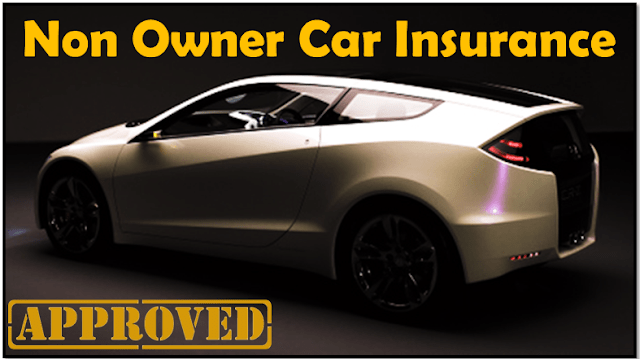Key Factors Influencing Non-Owner Car Insurance Costs
When considering non-owner car insurance, it's crucial to understand the key factors that affect your premiums. Your driving history, credit score, age, and gender all play significant roles in determining costs. For instance, a clean driving record can lead to lower rates, while accidents can raise them. Additionally, how state regulations come into play can further complicate matters. So, what specific changes can you make to potentially lower your insurance costs?
Non-owner car insurance offers a unique solution for individuals who drive vehicles they don't own, providing vital liability coverage without the higher costs associated with traditional car insurance. The cost structure of non-owner car insurance varies considerably based on various factors, including location, driving history, and individual insurance providers.
In states like California, you might find annual premiums ranging between $200 and $500, with monthly payments sometimes dropping below $20. This makes it a cost-effective option for many drivers. However, the national average stands around $748, emphasizing the significance of understanding how these costs can fluctuate. Non-owner insurance is ideal for those temporarily without a vehicle, such as after selling a car or during repairs.
Your driving history plays an important role in determining your premium. A clean record can considerably lower your rates, while any accidents or violations can lead to increased costs. Additionally, your credit score can influence premiums; insurance companies often view good credit as an indicator of financial responsibility, which may result in lower rates.
Your driving history and credit score significantly impact your non-owner car insurance premiums, affecting your overall rates.
Age is another factor that can affect your insurance costs. Younger drivers typically face higher premiums due to their classification as high-risk. The disparity in costs between urban and rural areas also reflects the overall risk levels associated with driving in different environments. Urban areas, with their higher accident rates, usually command higher insurance premiums.
When you consider gender, male drivers often pay more for non-owner insurance. This stems from statistical trends showing higher accident rates among men compared to women. Therefore, understanding these influential factors can help you make informed decisions about your insurance needs.
State-specific regulations can also considerably impact non-owner car insurance costs. Each state sets its own minimum liability insurance levels, which directly affects policy pricing. For example, while California may offer competitive rates, Texas averages about $447 annually, with certain companies like State Farm providing favorable options.
It's important to be aware of these regional differences, as they can greatly influence your overall insurance expenses. Non-owner policies typically include liability coverage, which protects against injuries and property damage to others, but they don't cover the vehicle being driven.
While you may find optional coverage available, such as personal injury protection, these add-ons are less common for non-owner policies. You should also note that these policies are generally secondary to the vehicle owner's insurance, providing an added layer of protection without duplicating coverage.
Finally, the cost-effectiveness of non-owner insurance often lies in its minimal coverage. It helps maintain continuous coverage, preventing gaps that could lead to future premium increases. By comparing different providers and their offerings, you can find the best rates available for similar coverage.
Whether you're looking for an annual policy or something short-term while moving between vehicles, non-owner car insurance can adapt to your needs, giving you the flexibility to stay insured while driving vehicles you don't own.
Conclusion
In conclusion, understanding the key factors influencing non-owner car insurance costs is essential for making informed choices. Like traversing a winding road, your driving history, credit score, age, and gender all shape the journey toward finding the right coverage. By considering these elements, you can better anticipate your premiums and secure a policy that fits your needs. Stay proactive and informed, and you'll drive confidently through the landscape of non-owner insurance options.

